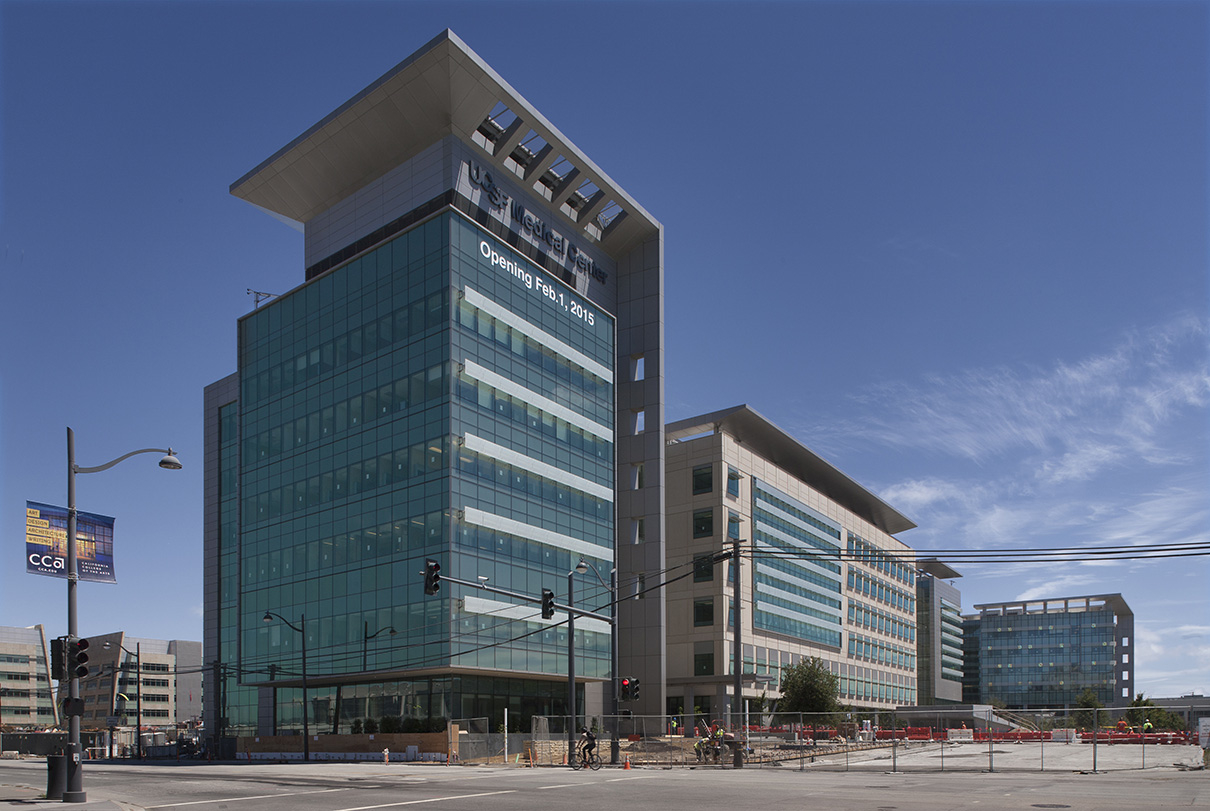On Sunday, Feb. 1, The University of California at San Francisco Medical Center officially opens an 878,000-sf, six-story complex at UCSF’s 60.2-acre Mission Bay research campus that includes three state-of-the-art hospitals with a total of 289 beds.
Ten years in the planning, the new medical center started construction in December 2010. It has approximately 300 employees and 500 physicians. About $600 million of the complex’s $1.5 billion cost was raised from private donors, including venture capitalist Ron Conway, who contributed $40 million to the complex’s 207,500-sf outpatient medical building with 180 exam rooms, which is expected to serve 1,500 outpatient visitors daily.
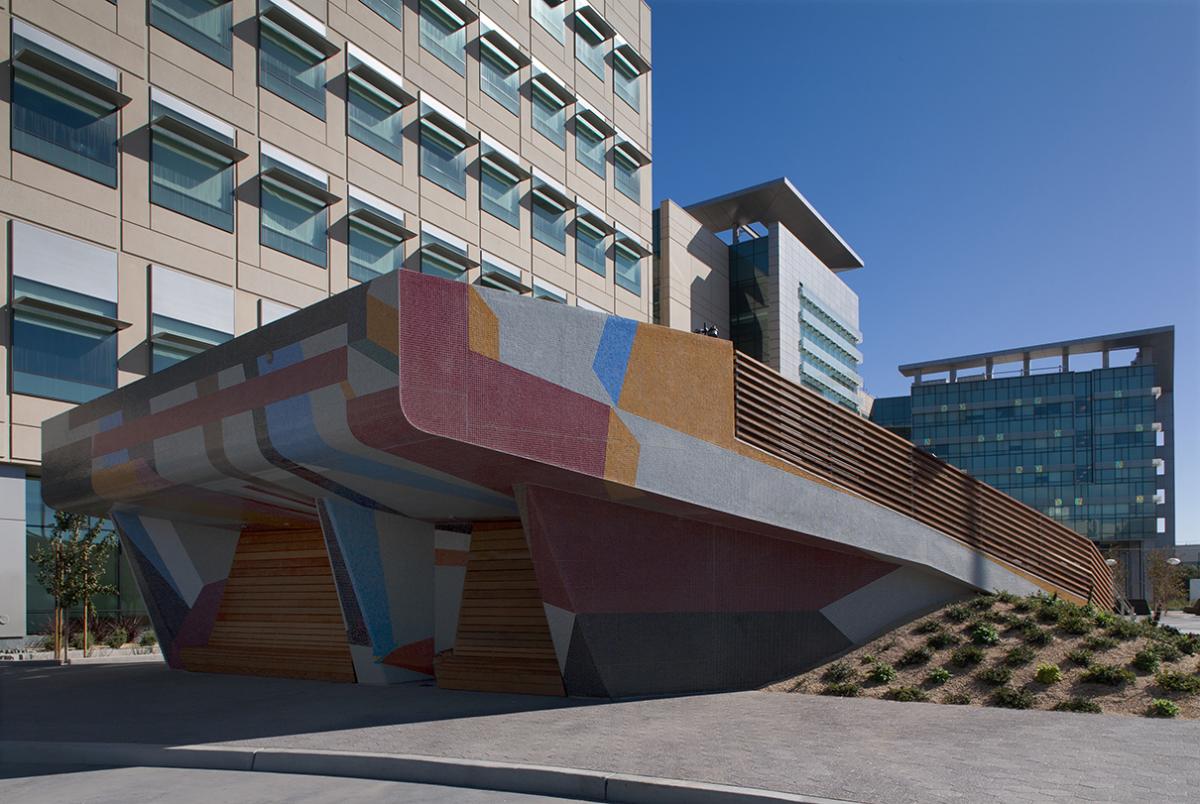
All told, the new medical complex anticipates 122,000 outpatient visits in its first year, 5,380 outpatient surgeries, 4,272 inpatient surgeries, and between 2,600 and 2,700 births.
The new medical center focuses on caring for children, women, and cancer patients. The UCSF Benioff Children’s Hospital San Francisco, with 183 beds that include a 50-bed neonatal nursery, handles all pediatric inpatient visits. (Benioff’s chlidren’s hospital on UCSF’s Parnassus campus is moving its inpatient services to Mission Bay, but will continue to handle child outpatient care.) The new facility includes a fully accredited K-12 school, and media platforms for room service, Skype, and social media.
The 36-bed UCSF Betty Irene Moore Women’s Hospital is the region’s first dedicated women’s hospital. And the 70-bed UCSF Bakar Cancer Hospital serves adult patients with orthopedic, urologic, gynecologic, head and neck, gastrointestinal, and colorectal cancers.
Among the technologies available at this medical center are telemedicine, robotics, and intra-operative imaging.
The complex includes 4.3 acres of green space, 60,000 sf of rooftop gardens on the third, fourth, and fifth floors; a 99,000-sf public plaza on Fourth Street; and 1,049 available parking spaces.
(Take a virtual “fly through” of the medical center.)
The location of the medical center on UCSF’s Mission Bay campus puts its physicians in close proximity to researchers and new biotechnology and pharmaceutical companies in the area. The new cancer hospital, for example, sits near the UCSF Helen Diller Family Cancer Research Building, where leading scientists are seeking causes and cures for cancer.
“The location was key to bringing the three hospitals together,” says Herb Moussa, AIA, LEED AP, Principal at Stantec Architecture, the project’s lead architect. (The Building Team included Cmbridge CM as project and construction management consultant; William McDonough+Partners as Associate Architect; DRP Construction as general contractor; Rutherford & Chekene as the hospitals’ structural engineer; ARUP as structural and MEP engineer; CSWStuber-Stroeh Engineering as civil engineer; EDAW AECOM as landscape engineer; and Teecom Design Group for communications.)
All told, there were more than 200 architects, engineers, and contractors on this project. Moussa says they all worked at the nearby Integrated Center for Design and Construction. “Being able to work collaboratively made things go so much easier,” he tells BD+C, in terms of addressing problems and issues. For example, the client decided that the interiors for the hospitals were too disparate, and wanted their look and color palette to be more uniform. That required “quite extensive” changes, says Moussa, which would have been even more complicated had the Building Team not been working closely.
This project’s challenge, he says, was to give each hospital its own identity without undermining the complex’s conceptual design and functionality. So there are separate entrances for adults. The children’s hospital is turned 10 degrees from the rest of the complex and has its own entrance, canopy, and drop-off area.
Moussa has spent most of his career designing hospitals, but this is his first with a pediatric building. He has a special affinity for Benioff Children’s Hospital, which in April 2010 treated his then nine-year-old daughter Sarah for swelling of the brain and seizures brought on by a sinus infection that spread to her eye. Moussa kept a journal of his daughter’s treatment, which he says informed his design of the new medical center. “It gave me an appreciation of what this hospital wants to be.”
A few days before opening its Mission Bay complex, UCSF Medical Center signed a letter of intent with Fresno-based Community Medical Centers to expand women’s and children’s services to California’s Central Valley, which has an undersupply of specialists.
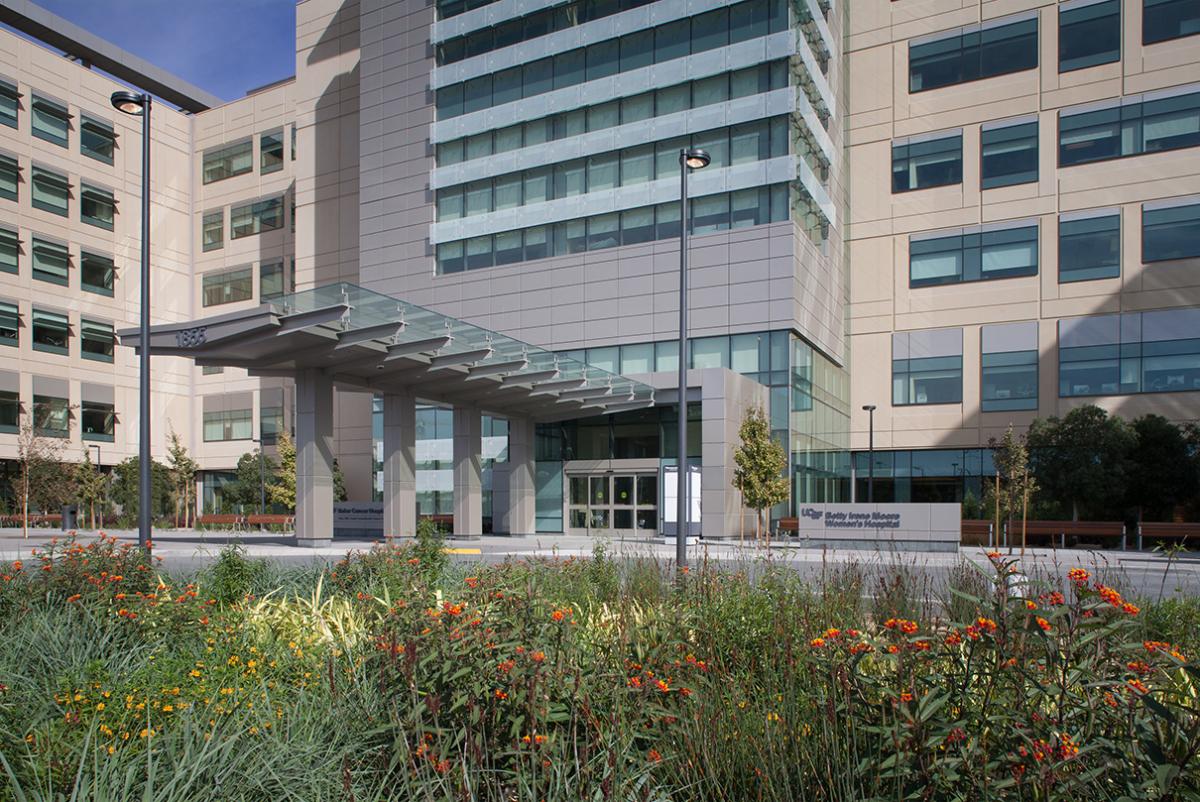
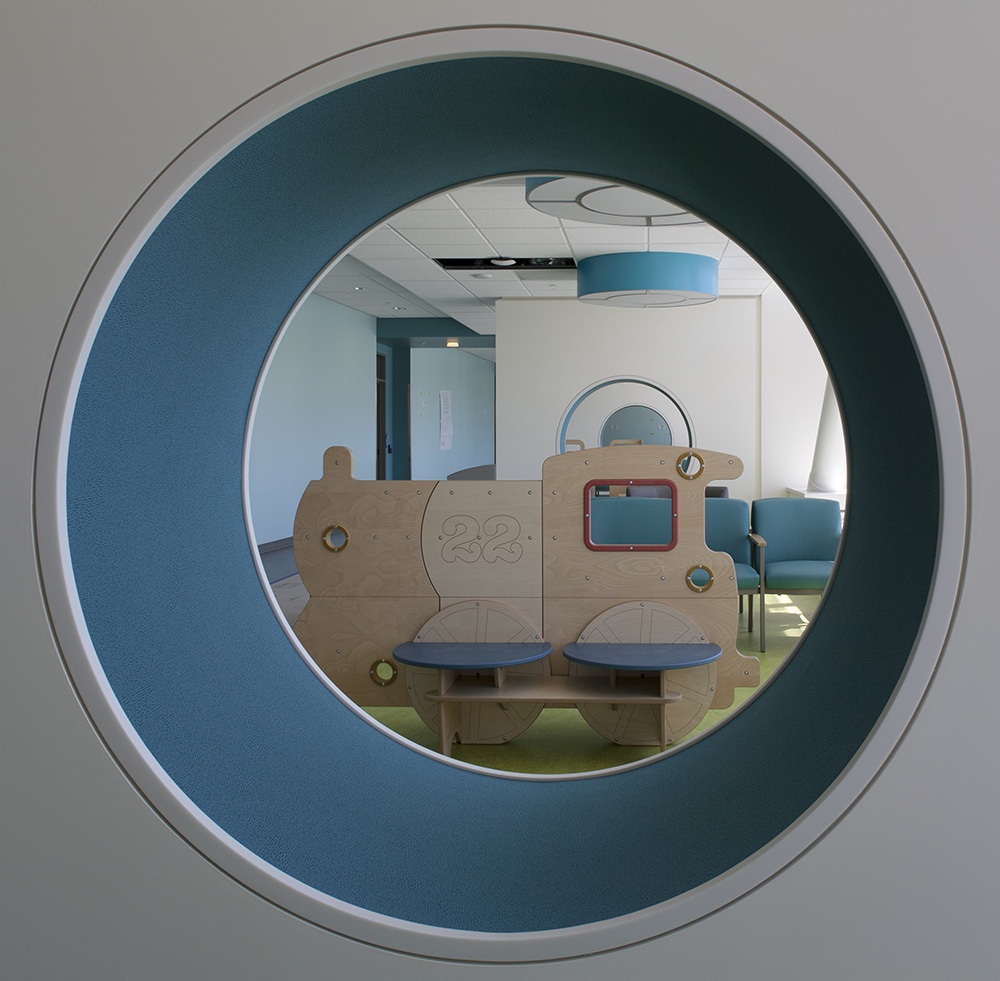
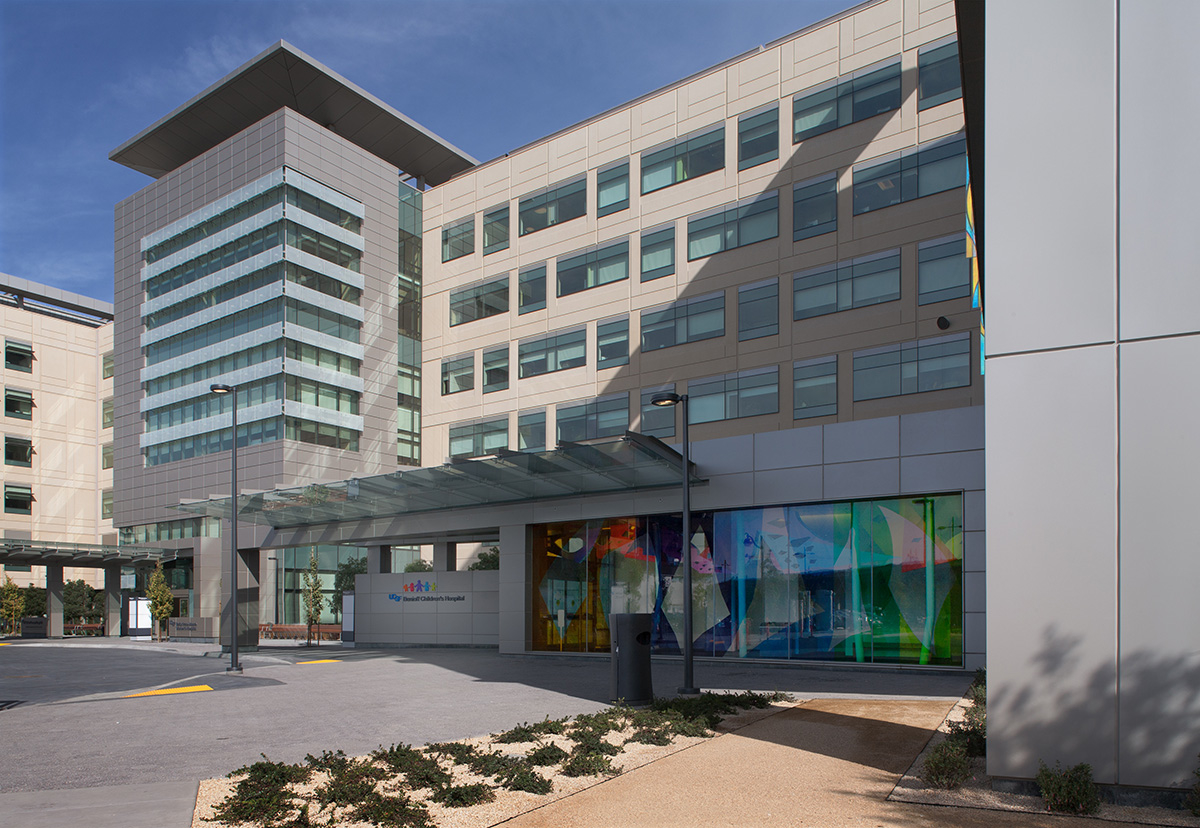
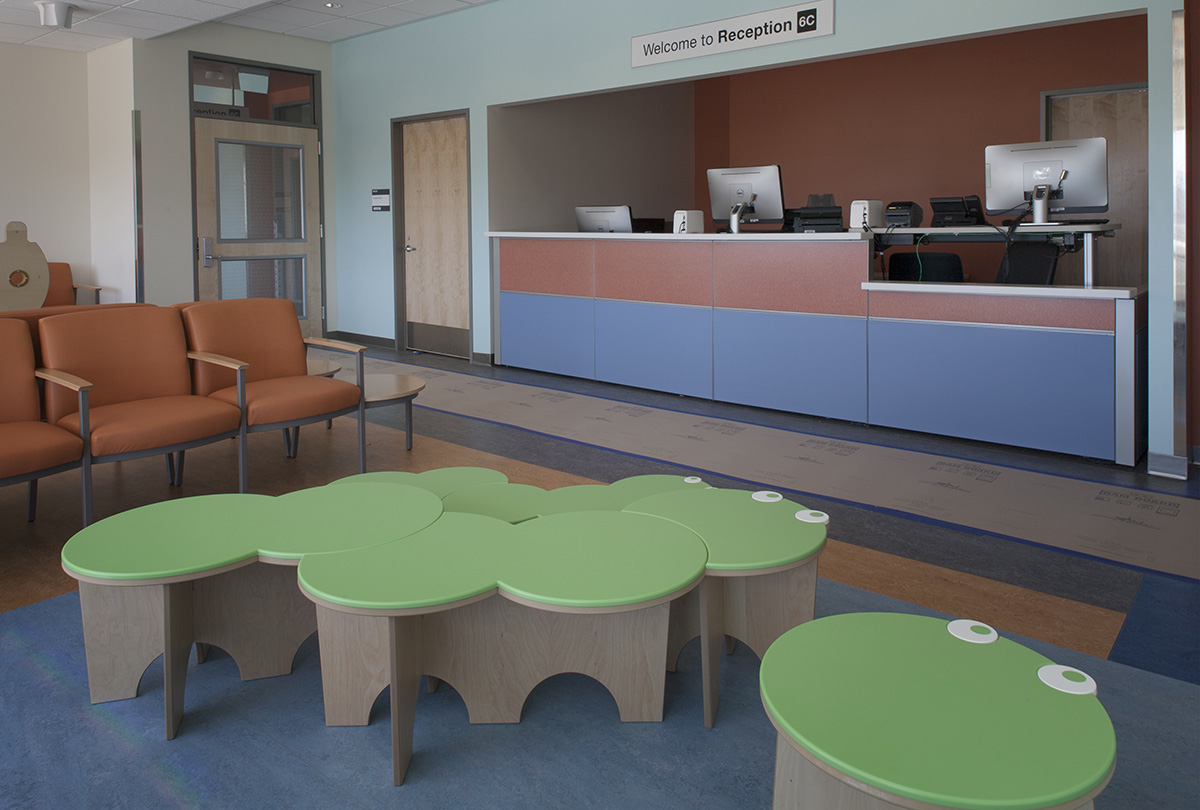
Related Stories
Intelligent Lighting | Feb 13, 2023
Exploring intelligent lighting usage in healthcare, commercial facilities
SSR's Todd Herrmann, PE, LEEP AP, explains intelligent lighting's potential use cases in healthcare facilities and more.
Giants 400 | Feb 9, 2023
New Giants 400 download: Get the complete at-a-glance 2022 Giants 400 rankings in Excel
See how your architecture, engineering, or construction firm stacks up against the nation's AEC Giants. For more than 45 years, the editors of Building Design+Construction have surveyed the largest AEC firms in the U.S./Canada to create the annual Giants 400 report. This year, a record 519 firms participated in the Giants 400 report. The final report includes 137 rankings across 25 building sectors and specialty categories.
Giants 400 | Feb 6, 2023
2022 Reconstruction Sector Giants: Top architecture, engineering, and construction firms in the U.S. building reconstruction and renovation sector
Gensler, Stantec, IPS, Alfa Tech, STO Building Group, and Turner Construction top BD+C's rankings of the nation's largest reconstruction sector architecture, engineering, and construction firms, as reported in the 2022 Giants 400 Report.
Healthcare Facilities | Jan 31, 2023
How to solve humidity issues in hospitals and healthcare facilities
Humidity control is one of the top mechanical issues healthcare clients face. SSR's Lee Nordholm, PE, LEED AP, offers tips for handling humidity issues in hospitals and healthcare facilities.
Augmented Reality | Jan 27, 2023
Enhancing our M.O.O.D. through augmented reality therapy rooms
Perkins Eastman’s M.O.O.D. Space aims to make mental healthcare more accessible—and mental health more achievable.
Hospital Design Trends | Jan 19, 2023
Maximizing access for everyone: A closer look at universal design in healthcare facilities
Maria Sanchez, Interior Designer at Gresham Smith, shares how universal design bolsters empathy and equity in healthcare facilities.
Fire and Life Safety | Jan 9, 2023
Why lithium-ion batteries pose fire safety concerns for buildings
Lithium-ion batteries have become the dominant technology in phones, laptops, scooters, electric bikes, electric vehicles, and large-scale battery energy storage facilities. Here’s what you need to know about the fire safety concerns they pose for building owners and occupants.
Healthcare Facilities | Dec 20, 2022
4 triage design innovations for shorter wait times
Perkins and Will shares a nurse's insights on triage design, and how to help emergency departments make the most of their resources.
Healthcare Facilities | Dec 20, 2022
Designing for a first-in-the-world proton therapy cancer treatment system
Gresham Smith begins designing four proton therapy vaults for a Flint, Mich., medical center.
Cladding and Facade Systems | Dec 20, 2022
Acoustic design considerations at the building envelope
Acentech's Ben Markham identifies the primary concerns with acoustic performance at the building envelope and offers proven solutions for mitigating acoustic issues.


